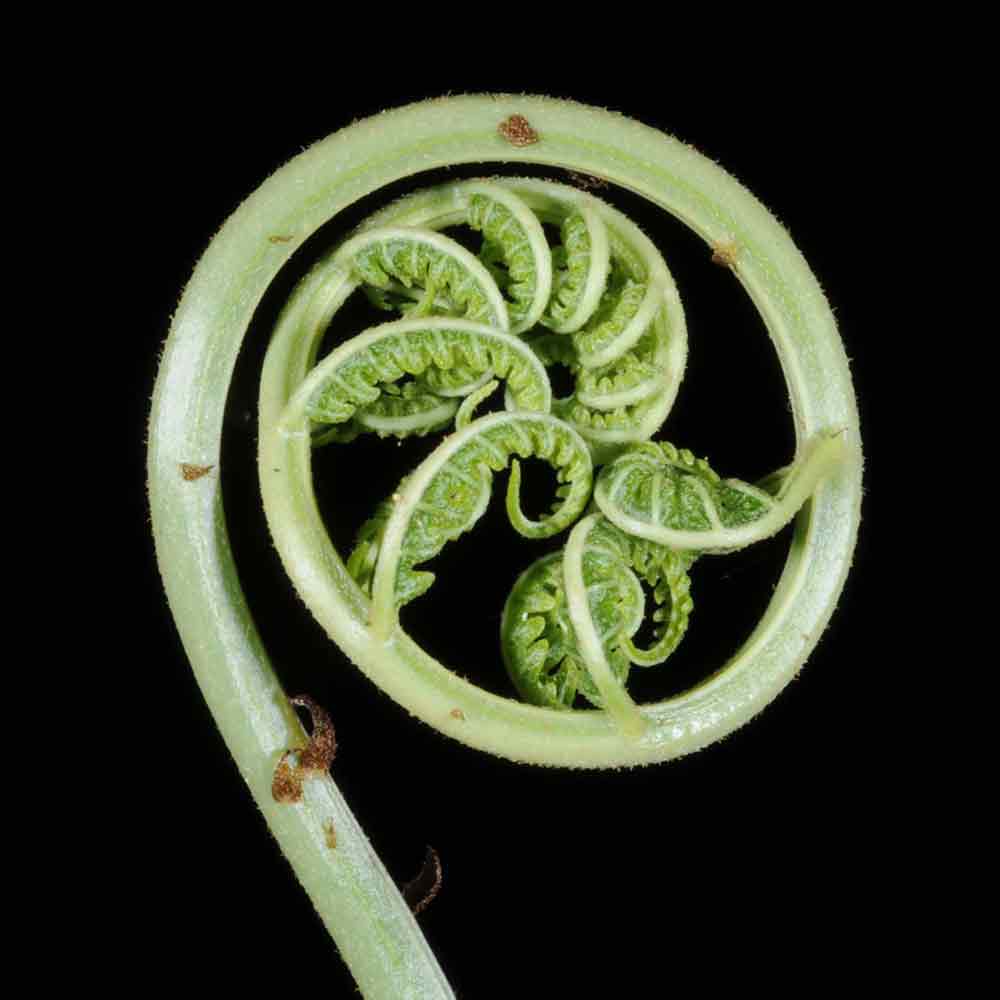
Other Checklists:
Ordinary Text
THAILAND: GENERAL
Thailand is located at the centre of continental Southeast Asia between 5o and 21oN, and 97o and 106oE, and is at the junction of the three main Southeast Asian floristic regions, the Indo-Burmese, the Indo-Chinese and the western Malesian regions. Two of these floristic regions, Indo-Burma and western Malesia (also called Sundaland), were included in a list of the world's 25 biodiversity "hotspots" by Myers et al. (2000). These hotspots, defined on the basis of having at least 1,500 endemic plant species and having lost >70% of their primary vegetation, are among the highest priority areas for terrestrial conservation. The Indo-Burma hotspot includes an estimated 13,500 plant species with only 4.9% of the primary vegetation remaining, and the Sundaland hotspot has ca. 25,000 plant species with only 7.8% of the primary vegetation remaining. These two areas are in the top six of the most diverse and threatened biodiversity hotspots in the world.
These hot-spots also contribute to Thailand's status as one of the most botanically diverse and interesting countries in the world. Not only is the country estimated to have over 10,250 vascular plant species (Middleton, 2003), including about 650 fern species (revised since Lindsay et al., 2009d), but new plant species continue to be discovered and described.
Thailand has a human population density that is among the highest in Southeast Asia. In recent decades Thailand has experienced rapid economic growth and considerable improvements in indicators of social development. Much of this economic development has relied heavily on the utilisation of Thailand's rich endowment of natural resources. Thailand has therefore experienced one of the fastest rates of deforestation in the tropics, with significant environmental and economic impacts (Santisuk et al., 1991). Forest cover has declined from over 50% of the total land area in the 1950's to approximately 25% in recent years (Middleton, 2003).
Since 1973 the Thai government has pursued a policy to actively protect as much of the remaining forest land as possible. While the IUCN has listed numerous reptiles, birds and mammals as being in danger of extinction in Thailand, little is known of the status of most plant species. However, Pooma et al. (2005) have published a preliminary list of potentially threatened or rare plants in Thailand. This work does not include ferns.